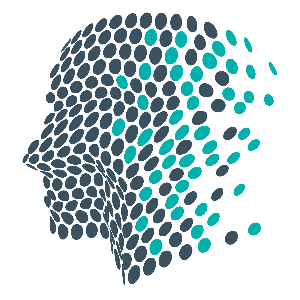How to pick a great resource to support speech and language development
As a speech pathologist, one of the questions I am often asked is “What toys will help my child talk?” The toys that I have included are many of my “must-haves” for working with children, as well as those that I regularly use within therapy, and that my own young children play with at home.
The best toys for early speech and language development are those that set the stage for language-rich play in a meaningful context. Meaning, the toys that inspire children not just to memorise words, but to use those words functionally in a variety of ways – requesting, showing, sharing, commenting, role play, problem-solving and asking for help.
Ditch the Batteries
My first recommendation is to skip the batteries. If the toy requires batteries, you probably don’t want it. OR…if it takes batteries; you can take them out. One good example is a charming farm set from a very popular toymaker. The toy set itself is excellent! But the barn has batteries so that it can make noises. You don’t need the barn to make noises. You want your CHILD to make the noises! So… take them out.
Go Back to the Basics: Pick Traditional Toys
As mentioned above, the more traditional toys also tend to be more open-ended in nature. Here are some examples of open-ended, essential traditional toys:
Wooden blocks
Lego
Cars trucks, transportation toys
Trains and train track
Play kitchen and play food
Farm set
Dollhouse
Mr Potato Head
Playdough
Dress ups
Toolset, doctors set
Baby doll and pram
Tea Set
Don’t Forget to Get Outside
You don’t have to buy* outdoor toys *. Heading to the park is excellent and FREE!
Water play
Buckets, cups, spoons
Small shovel/rake
Ride-on toys
Playhouse
Less is More
The truth is that less is more. Your child does NOT need toys upon toys! Too many toys can be a negative. Believe it or not, children can get overwhelmed with too many toys and can end up moving quickly from one toy to another, which can limit their play (and language) opportunities overall.

